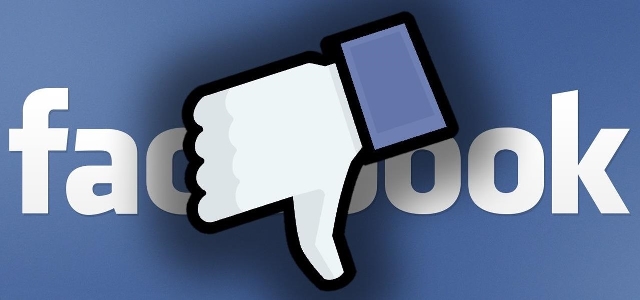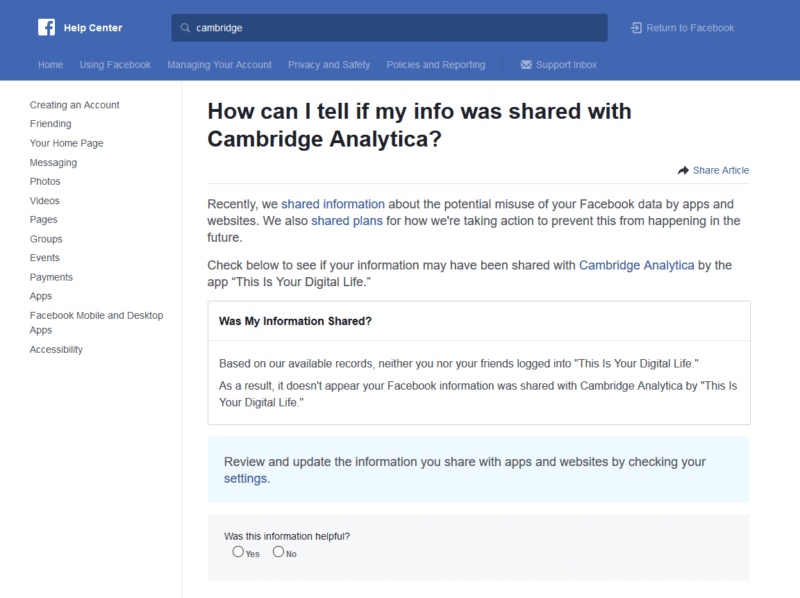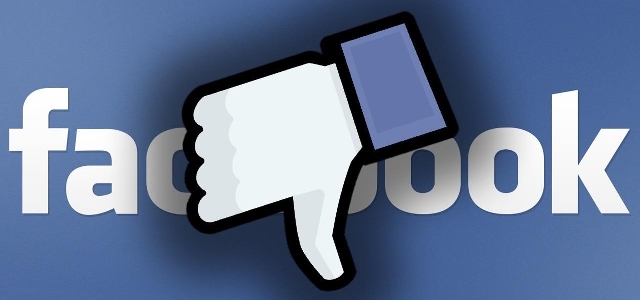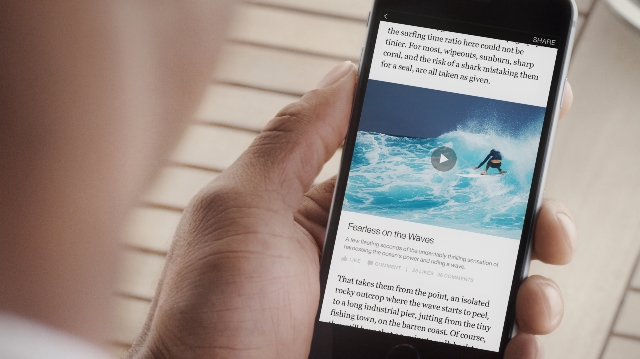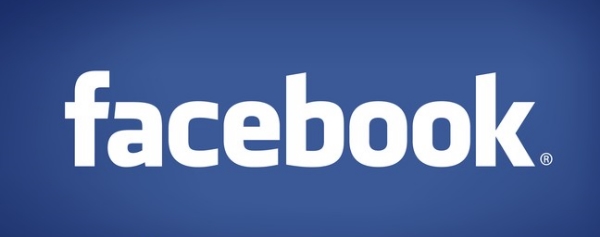Facebook is preparing for a major overhaul of its main feed to turn it into a “discovery engine” geared towards video content, based on a newly leaked internal memo.
The memo, written by Head of Facebook Tom Alison, was first sent to employees on April 27, though it was only recently obtained and published by The Verge. This suggests the changes to the main feed may be coming sooner rather than later, however, the memo does not give a date for the update to arrive.
What Is a Discovery Engine?
It may seem like corporate jargon, but the move towards being a ‘discovery engine’ indicates a major change in priorities for how Facebook’s main feed functions.
In general, the term ‘discovery engine’ simply refers to helping users find more interesting content from accounts or pages they are not connected to. What makes this such a big change is that Facebook has always focused on content shared by connections like friends and family.
This opens the door for Facebook to become more of a general content aggregator than the more personal social network it has always been.
Facebook’s Top Three Priorities
In the memo, Alison identifies three near-term priorities that the social network believes will help create a place where people can find and share engaging content. These are:
- Make Reels successful.
- Build world-class recommendations technology.
- Unlock messaging-based sharing.
By focusing on these three goals, the platform aims to expand the ways people publish and share content with each other.
What Will The New Facebook Feed Look Like?
While the memo does not go into many specifics about what the new Facebook feed will look like, The Verge’s Alex Heath spoke with Alison to find out how he is envisioning the new feed experience:
“Here’s how the future Facebook app will work in practice: the main tab will become a mix of Stories and Reels at the top, followed by posts its discovery engine recommends from across both Facebook and Instagram. It’ll be a more visual, video-heavy experience with clearer prompts to direct message friends a post. To make messaging even more prominent, Facebook is working on placing a user’s Messenger inbox at the top right of the app, undoing the infamous decision to separate the two apps eight years ago.”

